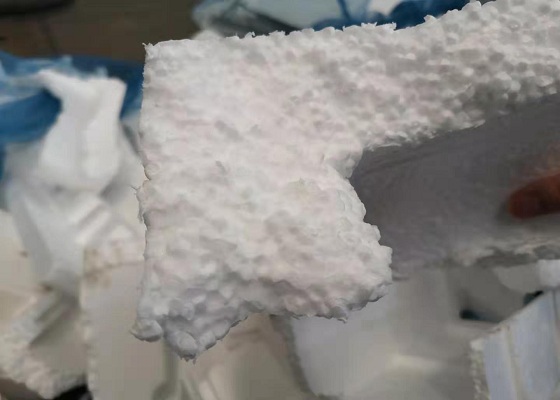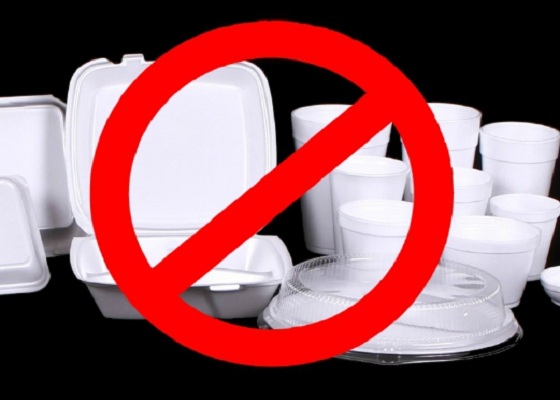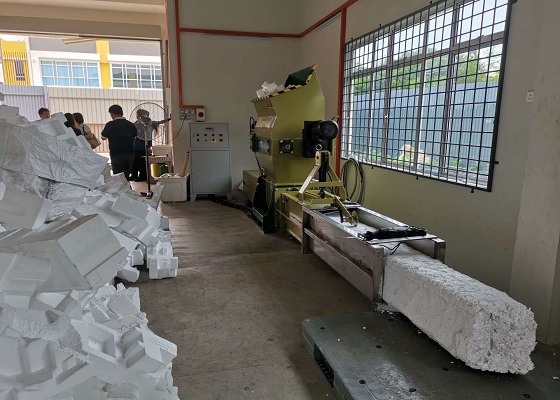The polystyrene material was accidentally invented and it is called a miracle product. Because of its unique characteristics and extremely low cost, it is widely used in farming, decoration, packaging and other industries until the emergence of pollution.

Polystyrene takes hundreds of years to degrade in nature, but it is decomposed and slowly decomposed by wind or water until it becomes a microparticle that is swallowed by animals and then enters the body through the food chain.
No one wants to eat plastic, so the problem of polystyrene pollution has begun to get people’s attention. The effective treatment of Polystyrene pollution is the ban, the second is recycling, and the other way is more suitable for solving polystyrene pollution, which has been debated for nearly 30 years.

In New York City, the ban on polystyrene foam came into effect in 2019, and people were excited about the ban. This move does significantly reduce the production of polystyrene waste. But it will send people a wrong view. Polystyrene is banned because of pollution, and polystyrene has long been made into a one-off product. The ban will allow people to equate polystyrene with one-off, weakening the recyclable of polystyrene concept.
The reason that Polystyrene recycling has not been valued is the cost. Polystyrene contains 98% air, which is difficult to transport and store, and costs are high unless a professional polystyrene recycling machine is used. For example, the polystyrene compactor A-C200 produced by the old INTCO Recycling in California.

Polystyrene compactor is a special compactor designed to compress polystyrene, which makes it possible to remove all air from polystyrene waste, handle and store polystyrene waste.
It seems that neither the ban nor the recycling is a magical button, but reducing pollution overall is the right idea. The 30-year debate is now shifting from waste management to waste reduction, which is an important step in the right direction.